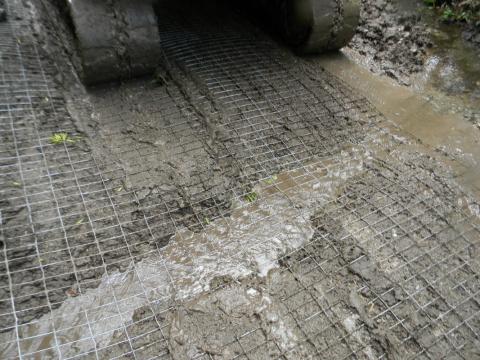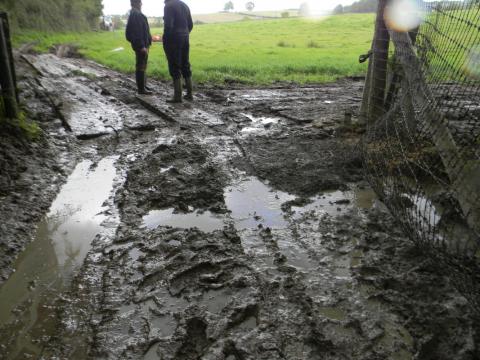C&RT admits water problem on Lanky – and its not weed
August 2018 - The Lancaster Canal’s summer water supply has been an issue for boaters for many years, with the Ribble Link closed a few years ago because of low levels and the Glasson flight of locks currently shut in order to preserve water. However, simple drought isn’t the problem, as Peter Underwood reports.
At least one angry boater, moored in a Lancaster Canal Marina until recently, has given up in disgust and put his boat up for sale after repeated problems with low water levels and what he sees as a complete failure by C&RT boss Richard Parry to answer his complaints.
He has told Mr Parry: “How can a canal that is hard to navigate even at normal levels, be described as “navigation available throughout” when it is 20cm lower? Ask the helmsmen whose props and hulls are now damaged, who have ran aground and have been left stranded..
“Navigation has unarguably been rendered difficult for narrow boats and in my case, impossible.”
And he is not alone – other boaters visiting the Lancaster canal have even speculated that C&RT is secretly selling some of the water flowing out of Killington Reservoir rather than allowing it to reach the navigable section of the canal.
One old hand who has been intimately involved with the Lancaster Canal for many decades told me: “I just checked the water going under M6 culvert at Millness. It is three notches below the normal mark of 500. Water is coming from Kilington as normal at 20,000,000 litres per day – so that means it is being diverted or there is a massive leak between there and the canal.
“This causes a very slow current and the reason for the unprecedented massive amount of weed. Millness winding hole, normally free, is full of it.”
Although C&RT regularly blames weed growth on the Northern Reaches for slowing down water flows from Killington and low levels on the navigable Lancaster Canal it seems the water is lost before it even reaches the abandoned sections and it is the low flows that cause the weed growth – making the situation even worse.
Now, even Canal & River Trust admits it has a problem and doesn’t really know the answer, after many years of simply blaming weed growth.
The Trust told The Floater: “We are very aware of the issues on the Lancaster and have been working hard to manage levels and tackle arising issues of leakage, along with the weed, throughout this exceptionally hot and dry period.
The hydrology team is on site this week doing detailed flow measurements and investigation work to verify the data they already get from the SCADA telemetry system and to improve the understanding of the issues, especially why there is a discrepancy in the gauged volume of flow leaving Killington Reservoir against the rate in which the water level has dropped, which is quite a lot more.”
It doesn’t rule out the possibility that the water is being stolen: “While we don’t have any significant abstraction agreements along the Lancaster Canal, we’ve recently had a confirmed illegal abstraction which has been reported to the Environment Agency. We’d urge people to get in touch if they see anything suspicious.”
Then again it may be a massive leak. The input into the feeder linking the reservoir to the North Reaches of the canal is higher than the volumes entering the canal, and our local man on the spot suggests: “Water must be going in leaks like the one at Cinderbarrow, which a water engineer estimated at over 5,000 gallons per day, and which has been leaking for over four years.”
In fact the problem with low water flows has been going on for at least that time and for almost all of it C&RT senior managers, from Richard Parry down, and especially former NW waterways manager Chantelle Seaborn, have been happy to claim that the sole reason for the problem was annual weed growth in the Northern Reaches feeding the navigable canal. She was informed of the Cinderbarrow leak four years ago but nothing has been done since.
We have to ask when they knew that serious water loss on the feeder was the real problem and that it was, at least in part, responsible for the weed growth?
Photos: The leaking culvert at Cinderbarrow.







